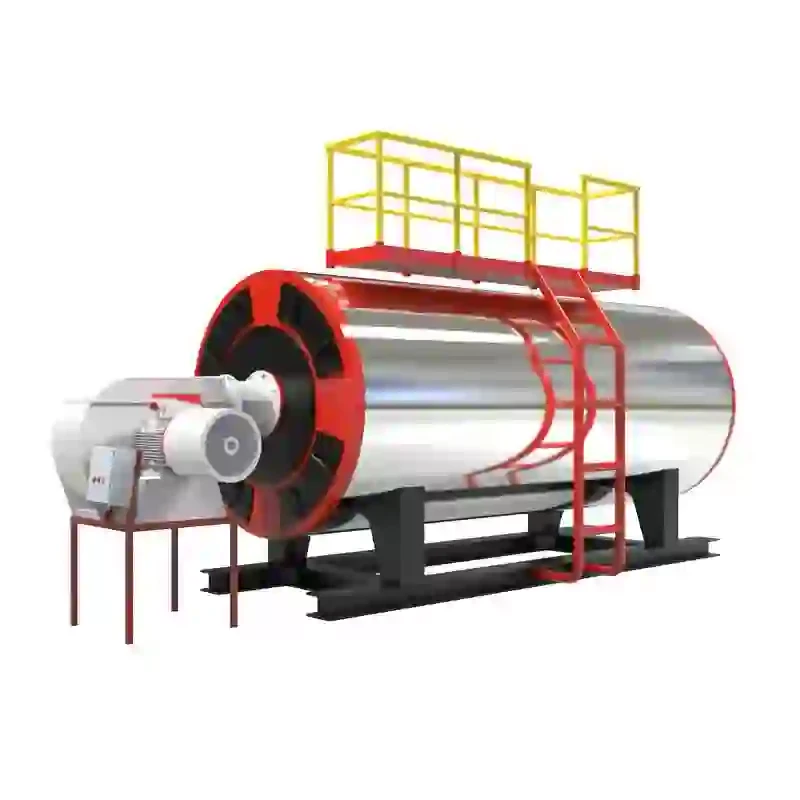
Nov . 08, 2024 23:07 Back to list
Methods for Modifying Water Levels in Steam Boilers for Optimal Performance
How to Adjust Water Level in a Steam Boiler
Steam boilers are critical components in various industrial applications, generating steam for heating and power generation. One of the essential aspects of boiler maintenance is managing the water level within the system. Proper water level control ensures operational efficiency, safety, and longevity of the boiler. In this article, we will discuss how to adjust the water level in a steam boiler effectively.
Understanding Water Levels in a Steam Boiler
The water level in a steam boiler must be maintained within a specific range to operate safely and efficiently. The water level is typically monitored using a water level gauge, and the operating range is defined by the manufacturer's specifications. If the water level is too low, it can lead to overheating and potentially damage the boiler. Conversely, a water level that is too high can cause water to carry over with the steam, leading to equipment damage and unsafe operating conditions.
Steps to Adjust the Water Level
1. Check the Water Level Gauge The first step in adjusting the water level is to consult the water level gauge. This gauge provides a visual indication of the current water level and should be checked regularly during the operation of the boiler. Ensure that the gauge is functioning correctly; if it’s not, it may need to be cleaned or serviced.
2. Identify Low or High Water Levels If the gauge indicates that the water level is too low, water needs to be added to the boiler. Conversely, if it is too high, you may need to release some water or reduce the water supply. Understanding the cause of the water level fluctuation is essential for determining the appropriate corrective action.
how to adjust water level in steam boiler

3. Adjust the Water Supply To increase the water level, open the feedwater supply valve. Most boilers are equipped with an automatic feedwater system that controls the water supply based on the level readings from the gauge. Make sure that the feedwater supply is functioning properly. If the water level remains low despite the automatic system, check for any potential blockages or issues in the feedwater line.
4. Remove Excess Water (if necessary) If the water level is too high, it may be necessary to release some water. This is typically done using a blow-off valve or drain valve located near the bottom of the boiler. Be sure to open the valve slowly and carefully monitor the water level as it decreases. Make sure to follow safety protocols and allow adequate time for any residual steam to dissipate before proceeding.
5. Adjust Water Level Controls Many modern steam boilers come equipped with automatic level control systems, which help maintain the appropriate water level. If you notice persistent issues with maintaining the water level, it may be necessary to adjust the settings on the control system. Consult the manufacturer's manual for specific instructions on making these adjustments.
6. Regular Maintenance Regular maintenance of the boiler system is vital to ensure that the water level can be maintained effectively. This includes inspecting and cleaning the water level gauge, checking the feedwater system for leaks or blockages, and ensuring that any automatic controls are functioning correctly. Schedule routine maintenance checks with qualified personnel to keep the boiler in optimal condition.
7. Safety Precautions Always prioritize safety when working with steam boilers. Ensure that the boiler is cool before making any adjustments, wear appropriate protective equipment, and follow all safety protocols. Be aware of the risks associated with steam systems, as they can be hazardous if not correctly managed.
Conclusion
Adjusting the water level in a steam boiler is a crucial task that must be performed with precision and care. Understanding how to monitor and manage the water level can help prevent operational issues and extend the life of the boiler. By maintaining proper water levels, you ensure the safe and efficient operation of your steam system, protecting both your equipment and personnel. Always remember to consult with experienced professionals if you encounter any difficulties or uncertainties in the process.
-
Oil Fired Hot Water Boilers Sale - High Efficiency & Affordable
NewsJul.31,2025
-
High-Efficiency Commercial Oil Fired Steam Boiler for Industry
NewsJul.30,2025
-
High-Efficiency Biomass Fired Thermal Oil Boiler Solutions
NewsJul.30,2025
-
High Efficiency Gas Fired Thermal Oil Boiler for Industrial Heating
NewsJul.29,2025
-
High-Efficiency Gas Fired Hot Water Boiler for Sale – Reliable & Affordable
NewsJul.29,2025
-
High Efficiency Biomass Fired Hot Water Boiler for Industrial and Commercial Use
NewsJul.29,2025
Related PRODUCTS






















